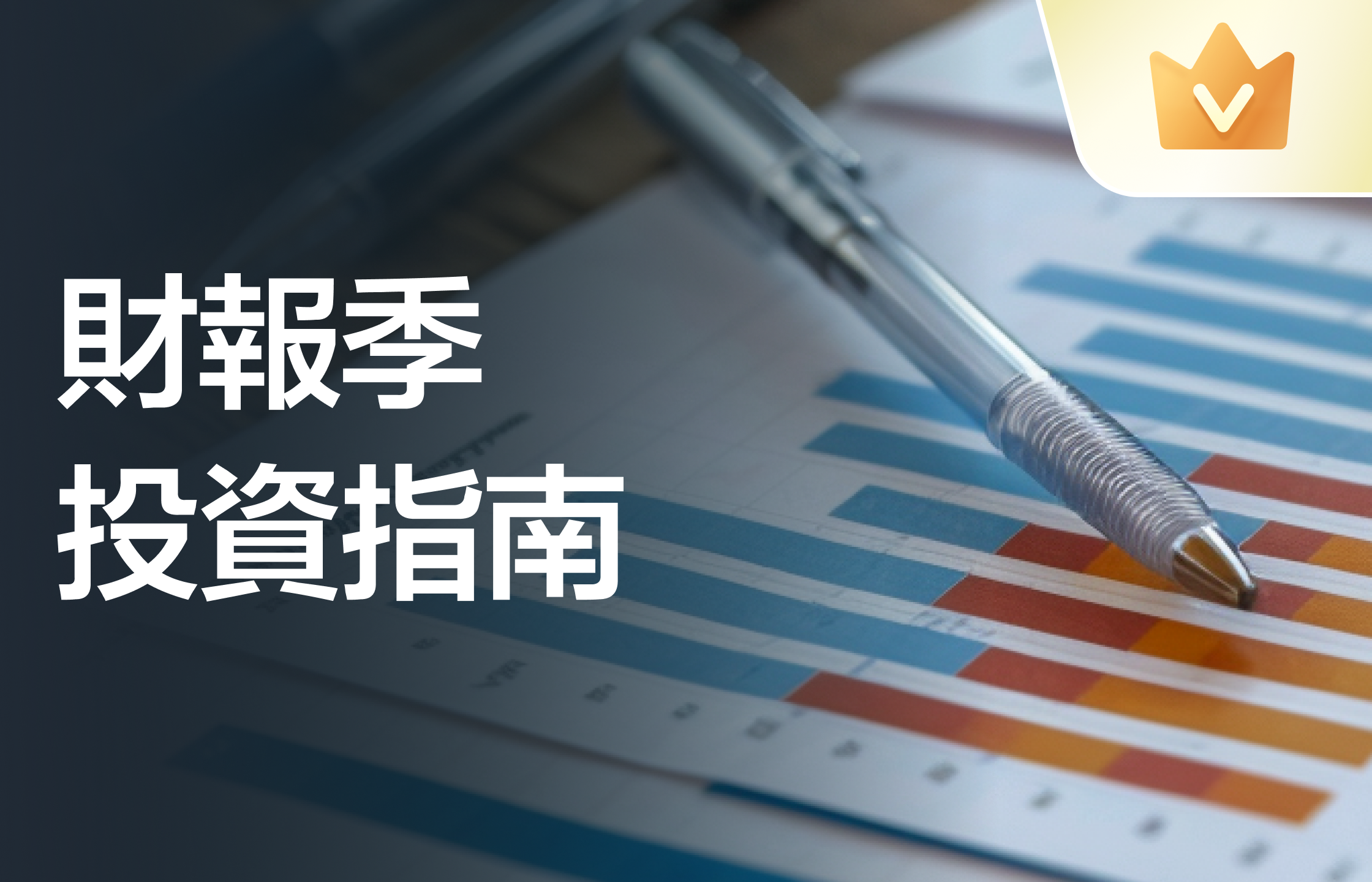①雙良節能上半年淨利潤虧損超過12億元,其中二季度虧損9.63億元,創下近五年最大單季虧損;②公司資產負債率達到81.5%,債償壓力明顯;③硅片價格當前正處於激烈的博弈中,中長期來看,硅片供需格局轉好趨勢明顯,將對本輪漲價產生一定支撐。
面對每天上千份上市公司公告該看哪些?重大事項公告動輒幾十頁幾百頁重點是啥?公告裏一堆專業術語不知道算利好還是利空?請看財聯社公司新聞部《速讀公告》欄目,我們派駐全國的記者們將於公告當晚爲您帶來準確、快速、專業的解讀。
財聯社8月30日訊(記者 劉夢然)短暫享受到佈局光伏硅片製造帶來的紅利後,雙良節能(600481.SH)又迅速面臨產業下行週期的考驗。
 今日披露的半年報顯示,公司歸屬於上市公司股東的淨利潤虧損超過12億元,其中二季度虧損9.63億元,創下近五年最大單季虧損。
今日披露的半年報顯示,公司歸屬於上市公司股東的淨利潤虧損超過12億元,其中二季度虧損9.63億元,創下近五年最大單季虧損。
雙良節能於2021年開始佈局硅片業務,硅片產能持續擴大。2023年,公司40GW單晶硅項目產能逐步放量,三期產能進入產能爬坡後,產能規模居於行業前列。
但擴大的產能,面對光伏產業鏈價格整體下行,反而開始拖累業績。中報顯示,公司報告期內實現營業收入69.79億元,同比減少42.45%;歸屬於上市公司股東的淨利潤虧損12.57億元。去年同期實現盈利6.18億元。
對於出現虧損的原因,公司解釋稱,光伏行業市場競爭加劇,光伏全產業鏈產品價格持續下行,使得單晶硅業務毛利大幅下降及存貨跌價準備大幅上升,導致報告期內公司淨利潤轉爲負值。
財聯社記者注意到,受供給端競爭壓力加劇和庫存壓力,硅片價格在二季度加快下跌,上半年整體降幅超過40%。公司H1資產減值損失6.75億元,主要系光伏存貨計提跌價所致。
財務數據方面,截至6月底,公司總資產爲303.60億元,公司經營活動產生的現金流量淨額爲-12.80億元。公司在中報中提到,上半年光伏全產業鏈虧損,企業現金流壓力提升加之融資環境變化,行業調整空間正逐漸顯現。
同樣是受光伏業務拓展的影響,公司資產負債率在行業內偏高。Choice數據顯示,截至2024年上半年,公司負債合計247.46億元,同比增加50.79%,資產負債率達到81.5%。公司在風險提示中稱,若未來公司的經營環境發生重大不利變化,負債水平不能保持在合理的範圍內,公司將可能出現償債風險。
不過,在硅片環節,價格在經歷前期超跌後已經出現修復跡象,當前正處於激烈的博弈中。據硅業分會本週消息,8月29日隆基正式發貨漲價後,刺激本週硅片出貨量放大,中環、高景、雙良緊隨其後,二三線企業目前均已上調報價。
但成交情況並不樂觀。根據infolink調研信息,硅片漲價預期引發電池企業的強烈牴觸。 硅業分會則在評析中指出,部分電池剛需企業接受了新的價格,硅片企業按照新的訂單合約價執行,不接受漲價也不再發貨,本週硅片開始少量成交。
本月開始,硅片龍頭TCL中環(002129.SZ)開始下調開工率,本週兩家一線企業開工率分別調整至60%和65%。硅業分會認爲,中長期來看,硅片供需格局轉好趨勢明顯,將對本輪漲價產生一定支撐。
雙良節能在中報提到,上半年光伏投產/開工/規劃項目數量同比明顯下降,項目終止/中止/延期情況頻現。隨着老舊產能的加速出清、中小產能的併購以及新產能投產的延期,行業供給側格局正逐步優化。

 今日披露的半年报显示,公司归属于上市公司股东的净利润亏损超过12亿元,其中二季度亏损9.63亿元,创下近五年最大单季亏损。
今日披露的半年报显示,公司归属于上市公司股东的净利润亏损超过12亿元,其中二季度亏损9.63亿元,创下近五年最大单季亏损。





評論(0)
請選擇舉報原因